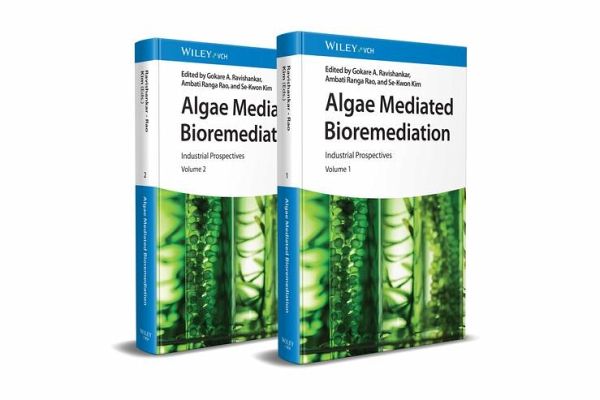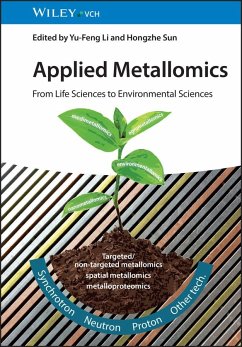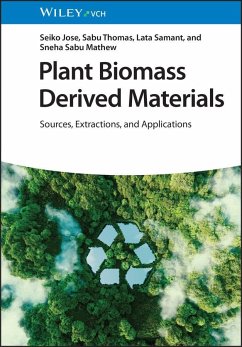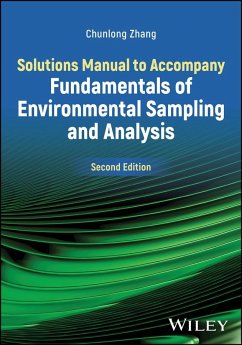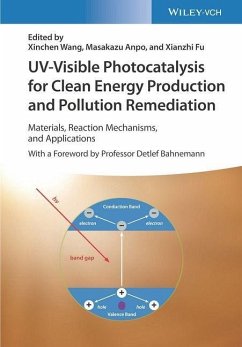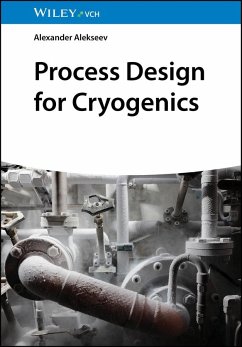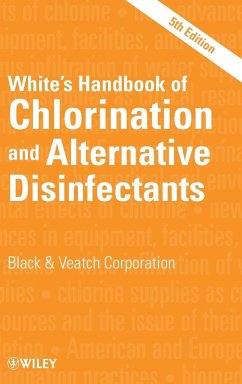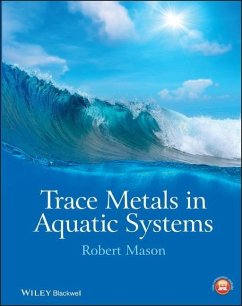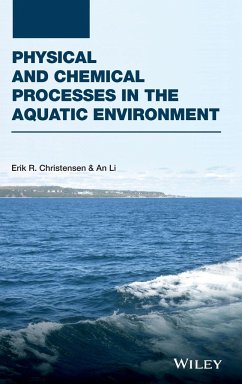GA Ravishankar
Gebundenes Buch
Algae Mediated Bioremediation
Industrial Prospectives
Herausgegeben: Ravishankar, Gokare A.; Ranga Rao, Ambati; Kim, Se-Kwon
Versandkostenfrei!
Sofort lieferbar
Weitere Ausgaben:

PAYBACK Punkte
89 °P sammeln!




Provides an extensive overview of algal bioremediation with a wide variety of industries and application that can significantly benefit from this technology
G. A. Ravishankar, Ph.D., is a Professor of Biotechnology, serving as Adjunct-Vice-President in Research and Development, Life Science Division, Dayananda Sagar Institutions, Ex-Chairman of Board of Studies in Biotechnology, Visvesvaraya Technological University (VTU), Belagavi, Karanataka, India. Previously, Dr. G.A. Ravishankar worked as Chief Scientist & Head, Plant Cell Biotechnology Department, Council of Scientific and Industrial Research-Central Food Technological Research Institute, Government of India, Mysore, Karnataka, India. He has 35 years research experience in reputed national research laboratory. He has received international and national fellowships from various scientific bodies namely FAFST, FNASc, FNAAS, FBS, FSAB, FISAB, FAMI, FIAFoST (Canada), FIFT(USA),CFS(USA). He is involved in various research fields such as Plant biotechnology and Biochemistry, Plant secondary metabolites, Algal Biotechnology, and Food Science and Technology. He has received several awards in the areas of plant and microbial biotechnology, food science and technology and algal biotechnology areas. Ranga Rao Ambati, Ph.D., has been working as Associate Professor and Senior Scientist in the Department of Biotechnology, Vignan?s Foundation Science, Technology and Research University, Andhra Pradesh, India. He has 17 years of experience in both teaching and research. Previously Dr. Rang Rao worked as Visiting Senior Research Fellow (Equivalent to Associate Professor), Visiting Research Assistant Professor, Postdoctoral Research Associate and Research Fellow at various internationally recognized Universities such as Arizona State University (USA), University of Malaya (Malaysia), Beijing Normal University-Hong Kong Baptist University (China) and CSIR-Central Food Technological Research Institute (CFTRI), India. He has been working in the multidisciplinary area of Algal biotechnology and byproducts and Food Science and Technology. Dr. Ranga Rao worked extensively on optimization, production of algal biomass, mass culture of various algal species in raceway ponds and photobioreactors in addition developed extraction methods, isolation, and characterization of bioactive compounds such as astaxanthin and its esters, lutein, hydrocarbons, and fatty acids etc. by various analytical approaches, and also evaluated their possible nutraceutical applications. Based on his accomplishments, he received research grants, travel, and scientific awards internationally and nationally. Se-Kwon Kim, Ph.D., currently serves as a distinguished Professor at Hanyang University, Seoul, South Korea. Previously, he was the director and senior professor at the Department of Chemistry and Marine Bioprocess Research Center (MBPRC) at Pukyong National University in the Republic of Korea. His major research interests are the investigation and development of bioactive substances derived from marine organisms and their application in oriental medicine, nutraceuticals, and cosmeceuticals via marine bioprocessing and mass-production technologies.
Produktdetails
- Verlag: Wiley-VCH
- Artikelnr. des Verlages: 1135247 000
- 1. Auflage
- Seitenzahl: 816
- Erscheinungstermin: 24. April 2024
- Englisch
- Abmessung: 253mm x 176mm x 50mm
- Gewicht: 1821g
- ISBN-13: 9783527352470
- ISBN-10: 3527352473
- Artikelnr.: 69111001
Herstellerkennzeichnung
Wiley-VCH GmbH
Boschstraße 12
69469 Weinheim
wiley.buha@zeitfracht.de
Für dieses Produkt wurde noch keine Bewertung abgegeben. Wir würden uns sehr freuen, wenn du die erste Bewertung schreibst!
Eine Bewertung schreiben
Eine Bewertung schreiben
Andere Kunden interessierten sich für



